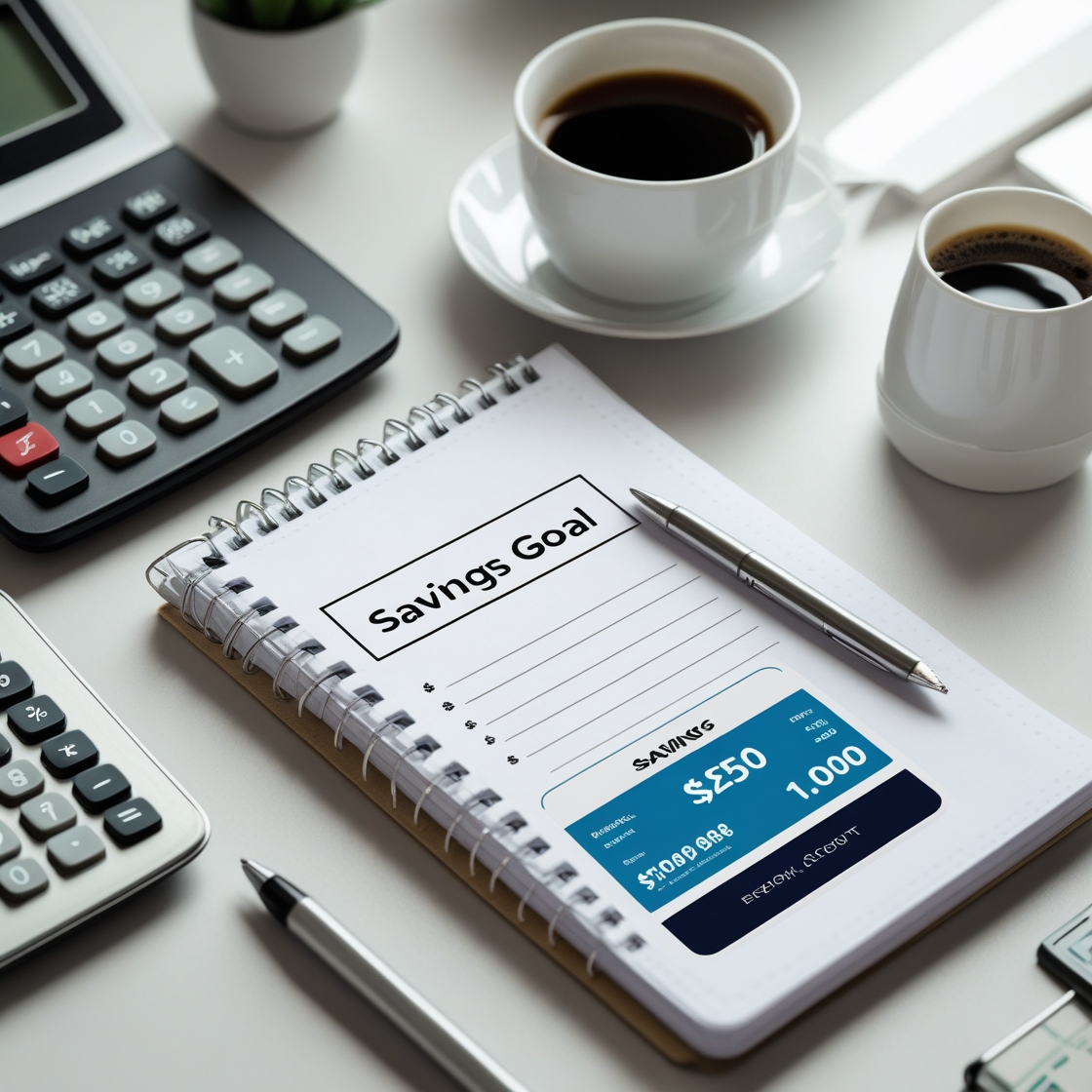An emergency fund is one of the most important aspects of personal finance. It acts as a safety net, helping you cover unexpected expenses such as medical bills, car repairs, or even a job loss. Without an emergency fund, you might find yourself relying on credit cards or loans, which can lead to debt. In this article, we’ll explore the importance of building an emergency fund and provide you with tips on how to start saving for the unexpected.
1. What Is an Emergency Fund?
An emergency fund is money that you set aside for unexpected or emergency expenses. It’s meant to cover situations that are beyond your control and that would otherwise cause financial stress.
Key Features of an Emergency Fund:
- Immediate access: Your emergency fund should be easily accessible when you need it, but not too easy to access for non-emergencies.
- Short-term savings: The money should be kept in a safe, liquid account, like a savings account, so you can access it quickly.
- Cover unexpected expenses: It’s not meant for planned expenses like vacations or new gadgets, but for genuine emergencies.
2. Why Is an Emergency Fund Important?
Life is unpredictable, and emergencies happen when we least expect them. Having an emergency fund can help prevent financial disasters, reduce stress, and avoid relying on high-interest debt.
The Benefits of Having an Emergency Fund:
- Financial security: It provides peace of mind knowing you have funds available for unexpected situations.
- Avoid debt: You won’t have to rely on credit cards or loans to cover emergencies.
- Flexibility: An emergency fund gives you the flexibility to deal with emergencies without disrupting your daily life or financial goals.
3. How Much Should You Save for an Emergency Fund?
The amount you should save depends on your lifestyle, income, and monthly expenses. A general rule of thumb is to aim for three to six months of living expenses in your emergency fund.
How to determine how much to save:
- Calculate your monthly expenses: Include all essential expenses such as rent, utilities, groceries, insurance, and transportation.
- Multiply by three to six months: This will give you the target amount for your emergency fund.
For example, if you spend $3,000 per month, your target emergency fund should be between $9,000 and $18,000.
4. How to Start Building Your Emergency Fund
Starting an emergency fund can feel overwhelming, but the key is to take small, manageable steps. Here are some tips to help you get started:
Steps to building your emergency fund:
- Set a savings goal: Determine how much you want to save and set a realistic goal for how long it will take to reach it.
- Open a separate savings account: Keep your emergency fund in a separate account from your regular checking or savings account. This will help prevent you from dipping into it for non-emergencies.
- Automate your savings: Set up automatic transfers from your checking account to your emergency fund. Even small amounts can add up over time.
- Start with a small goal: If saving for three to six months of expenses feels too daunting, start with a smaller goal, like $1,000. Once you reach that goal, you can gradually increase your target.
5. Where to Keep Your Emergency Fund
Your emergency fund should be kept in a safe and easily accessible account. While you may be tempted to invest the money for higher returns, the priority is liquidity and safety.
Best places to keep your emergency fund:
- High-yield savings accounts: These offer a higher interest rate than traditional savings accounts, while still being easily accessible.
- Money market accounts: These accounts offer slightly higher interest rates than regular savings accounts and are usually a safe place to park your emergency fund.
- Certificates of deposit (CDs): If you’re looking for a low-risk option with guaranteed returns, a short-term CD could be a good option for part of your emergency fund.
The key is to find an account that allows you to access your money quickly, without penalties, while earning a small return on your savings.
6. How to Maintain Your Emergency Fund
Once you’ve built your emergency fund, it’s important to keep it intact and continue to maintain it. Life changes, and you may need to adjust your savings goal as your circumstances evolve.
Tips for maintaining your emergency fund:
- Replenish your fund if you use it: If you need to dip into your emergency fund for an unexpected expense, prioritize replenishing it as soon as possible.
- Review your fund regularly: Your emergency fund should grow as your expenses increase. Review your target amount annually and adjust if necessary.
- Keep it separate from other savings goals: Avoid using your emergency fund for planned expenses like vacations or home renovations. Keep it reserved strictly for emergencies.
7. Common Mistakes to Avoid When Building an Emergency Fund
Building an emergency fund can be challenging, but there are a few common mistakes to avoid along the way.
Mistakes to avoid:
- Not having a specific goal: If you don’t know how much you need to save, it’s easy to lose motivation or not save enough.
- Using the fund for non-emergencies: Avoid using the fund for planned expenses like vacations or new gadgets.
- Not replenishing the fund: If you use your emergency fund, make it a priority to replenish it as soon as possible.
By avoiding these mistakes, you’ll be able to build and maintain a healthy emergency fund.
Conclusion
An emergency fund is a vital part of your financial plan. It provides security and peace of mind in the event of unexpected expenses. By setting a savings goal, opening a separate account, and automating your savings, you can build an emergency fund that will help protect you from financial stress. Start small, stay consistent, and before you know it, you’ll have the safety net you need to weather life’s surprises.
